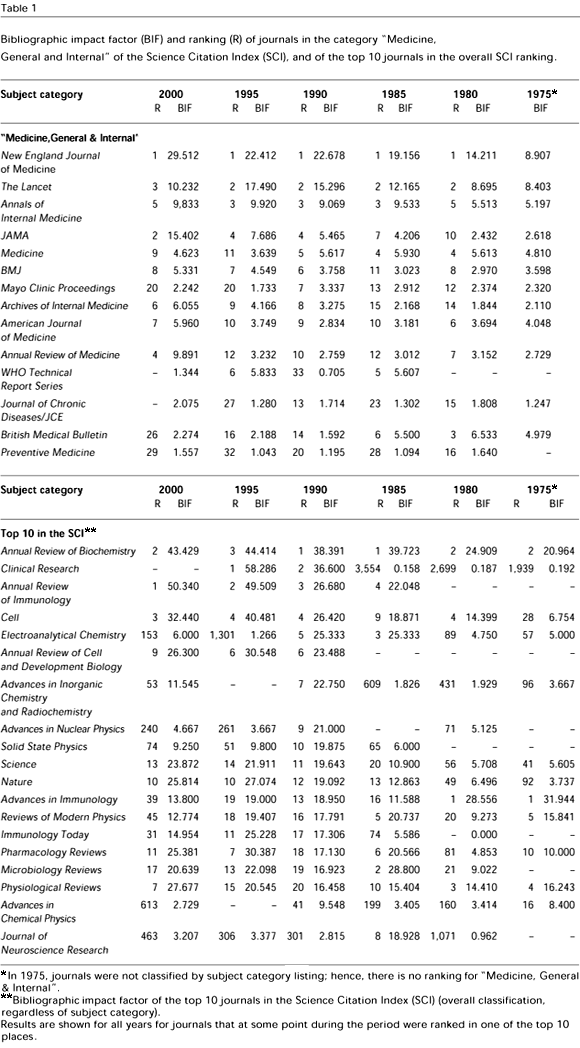News of the death of biomedical journals seem premature. Revamped traditional scientific journals remain highly valued sources and vehicles of information, critical debate, and knowledge. Some analyses seem to place a disproportionate emphasis on technological and formal issues, as compared to the importance ascribed to matters of power. Not all journals must necessarily have a large circulation. There are many examples of efficient, high-quality journals with a great impact on relatively small audiences for whom the journal is thought-provoking, useful, and pleasant to read. How can we achieve a better understanding of an article’s spectrum of impacts? A certain mixing of three distinct entities (journals, articles, and authors) has often pervaded judgments. Data used by the Institute for Scientific Information present weaknesses in their accuracy. The two-year limit for citations to count towards the bibliographic impact factor favors "fast-moving", "basic" biomedical disciplines and is less appropriate for public health studies. Increasing attention is given to the specific number of citations received by each individual article. It is possible to make progress towards more valid, accurate, fair, and relevant assessments.
Journal Article; Impact Factor; Periodicals











